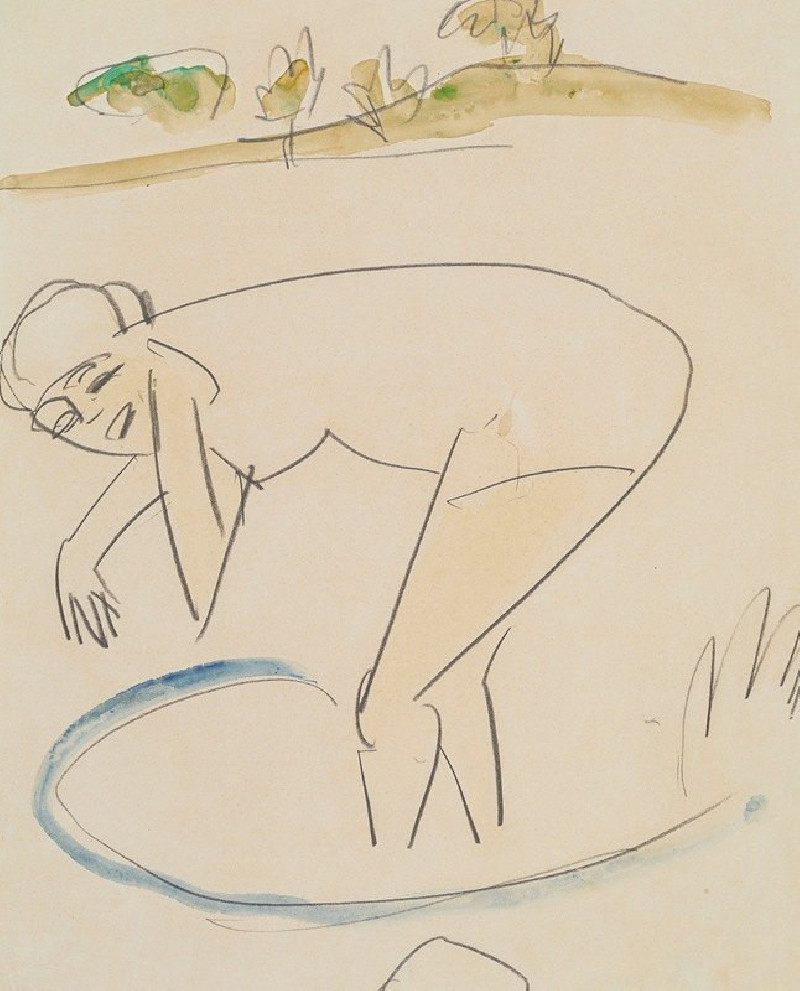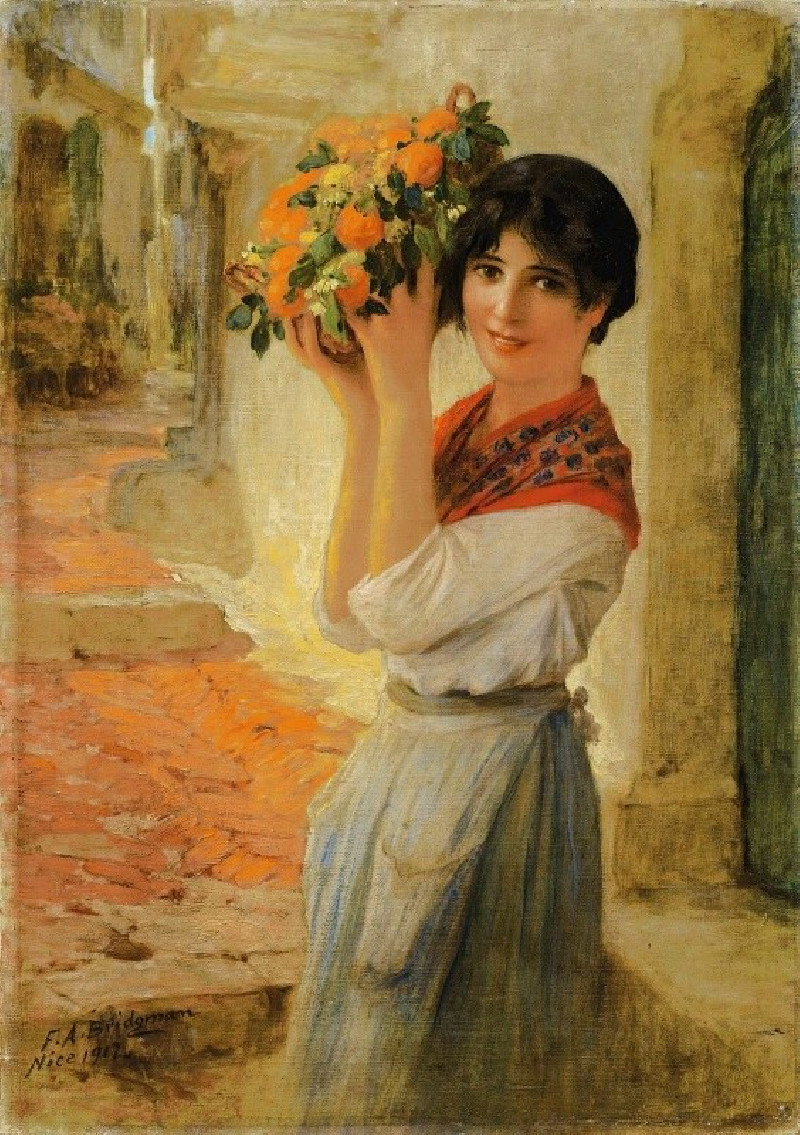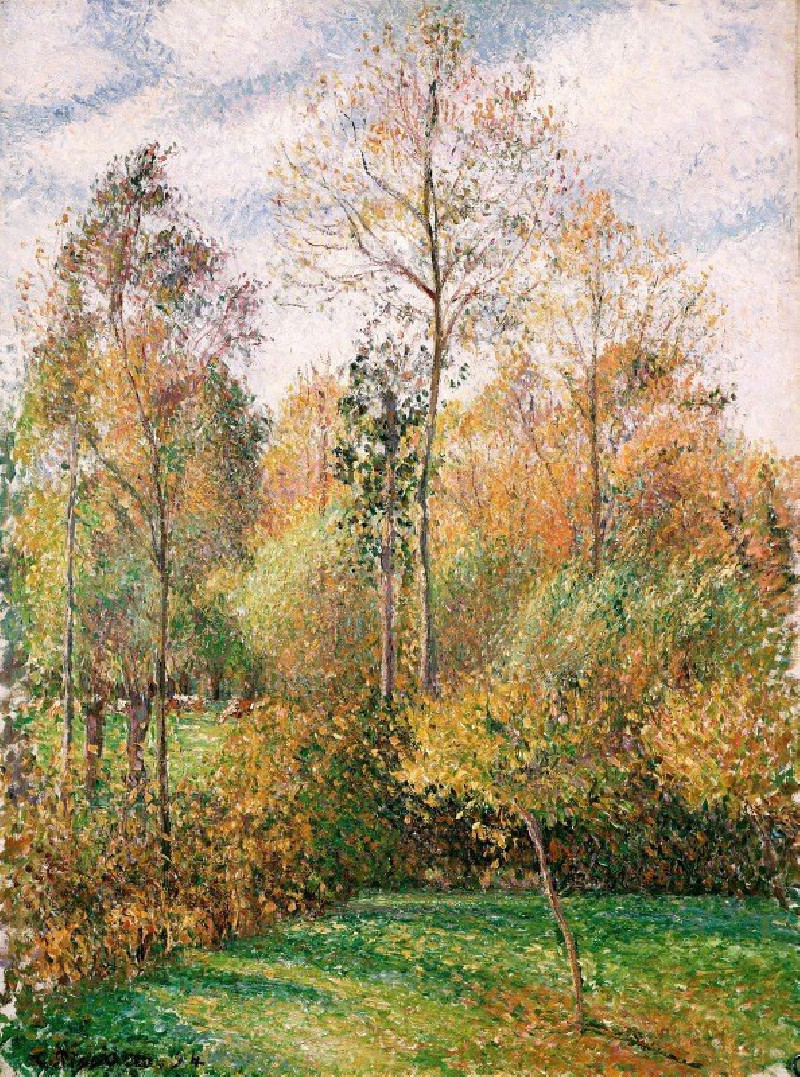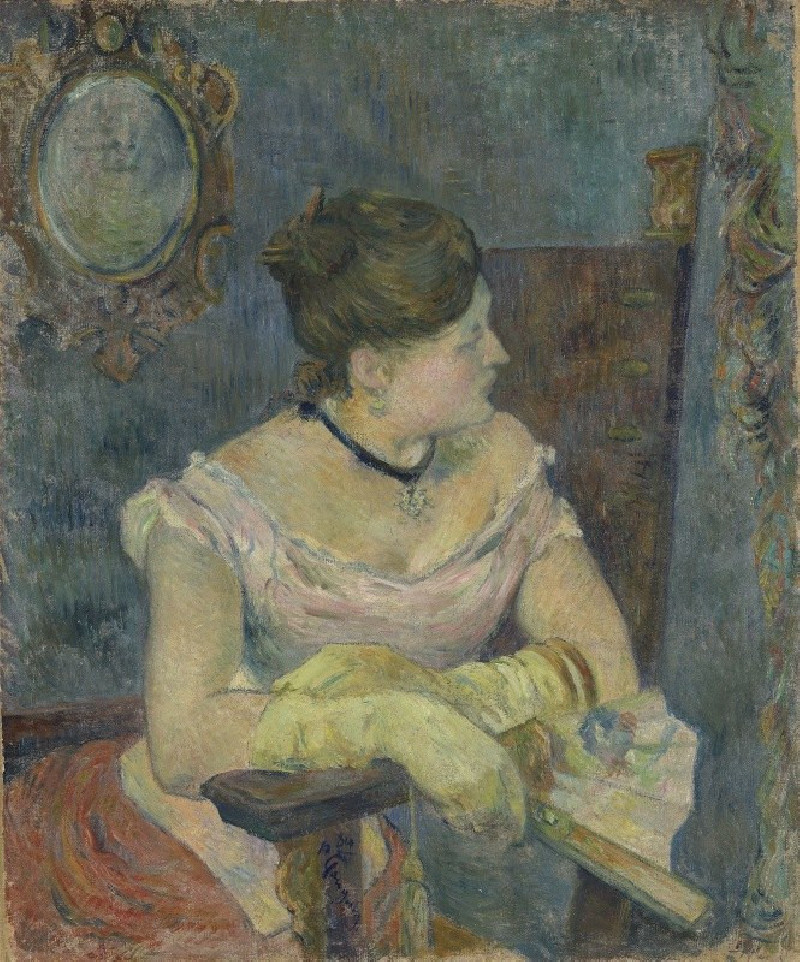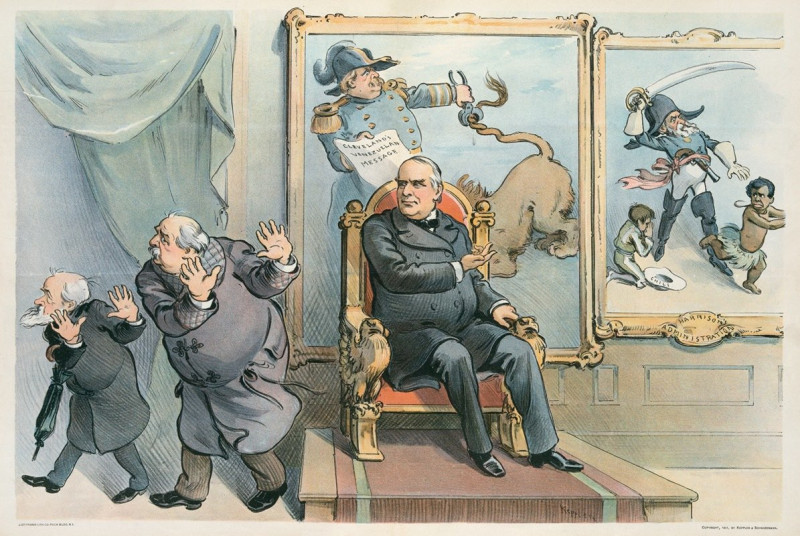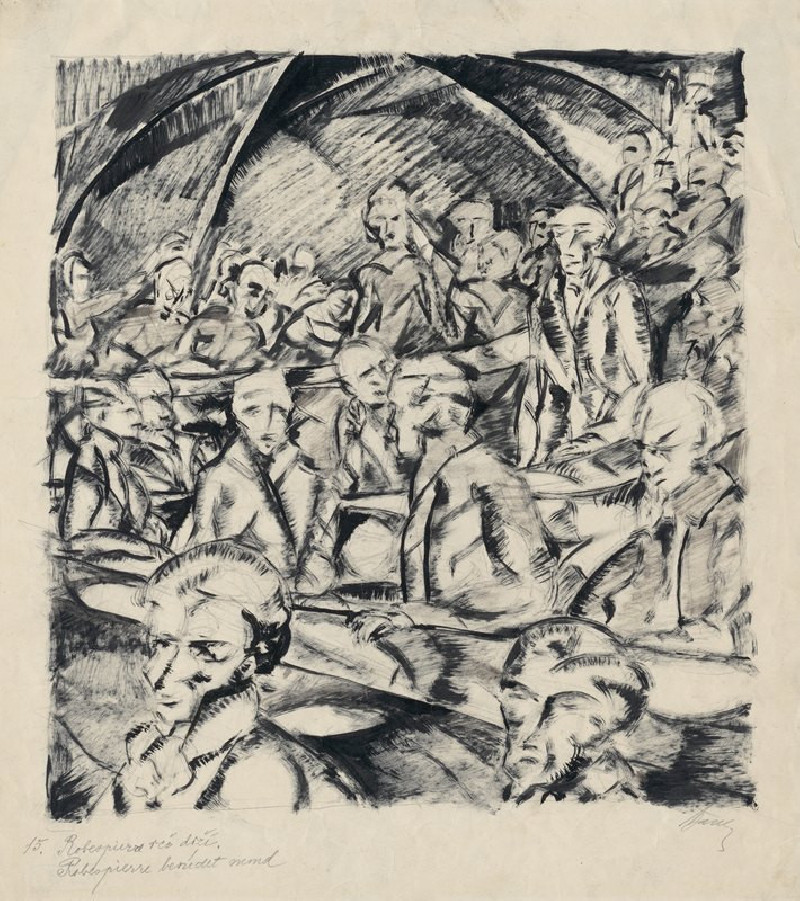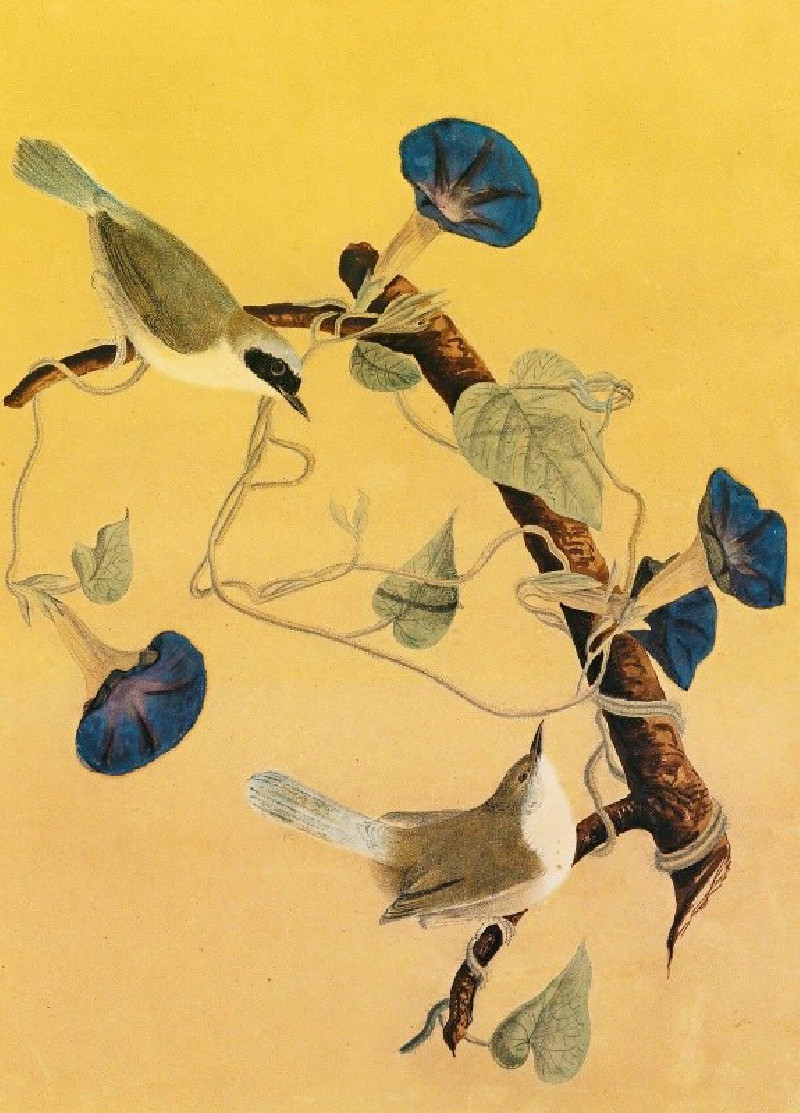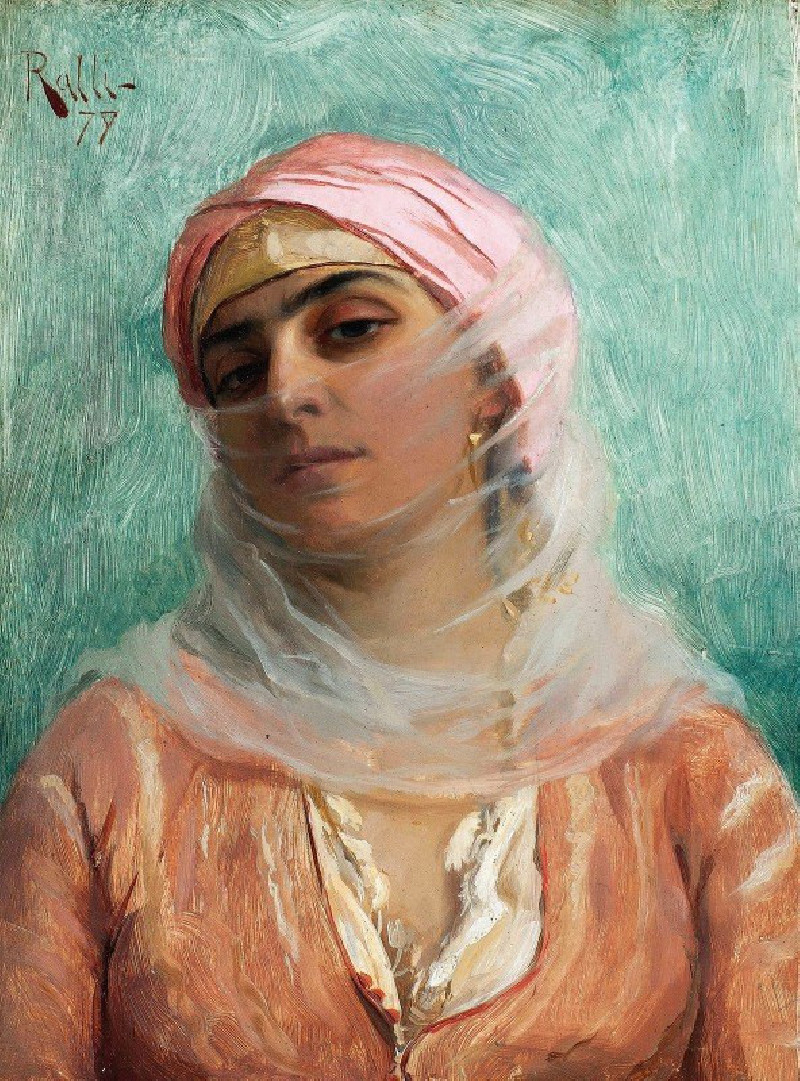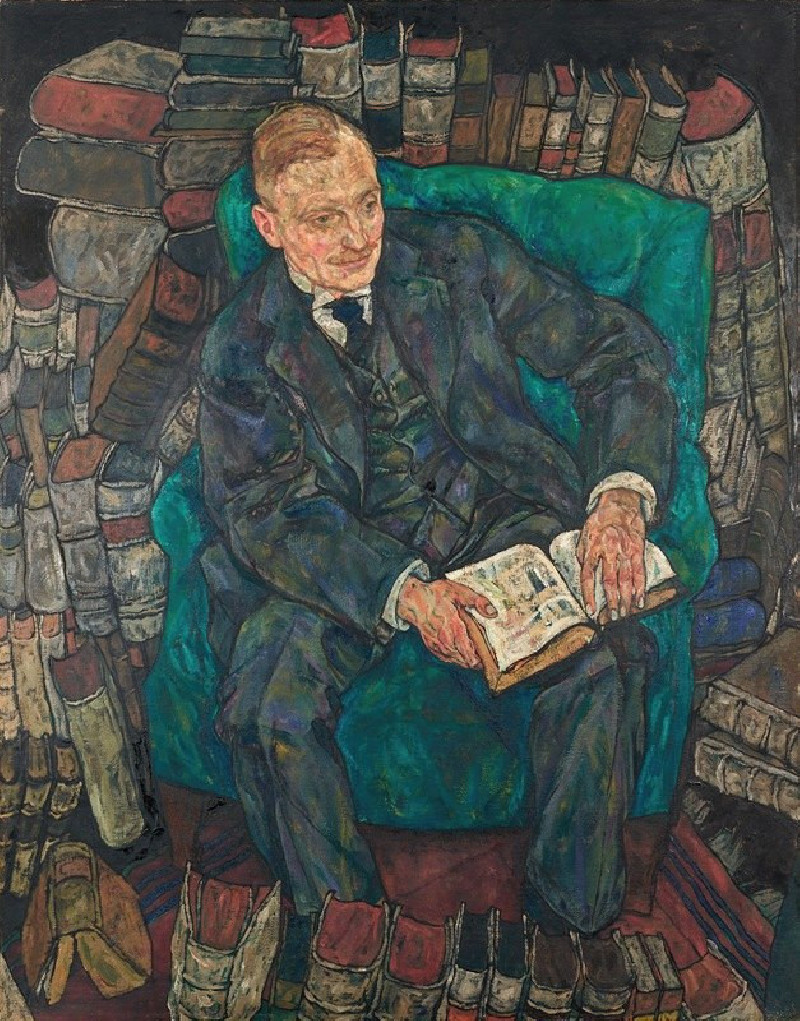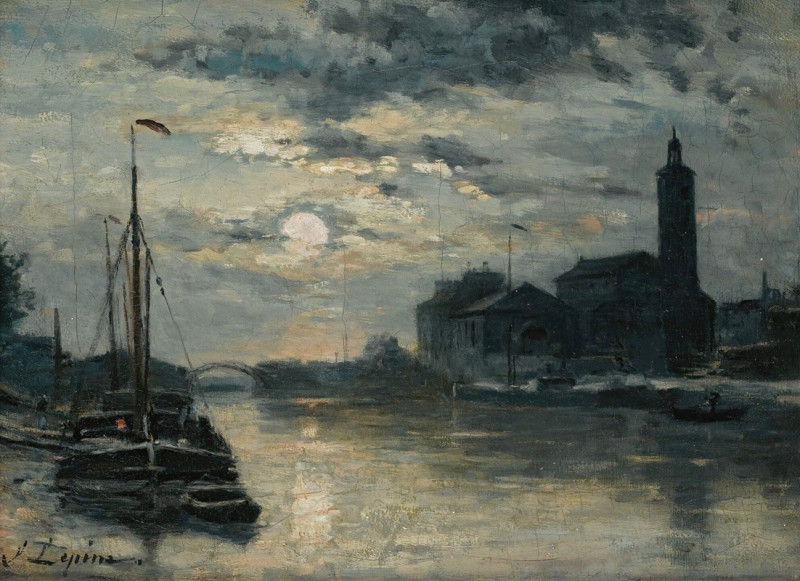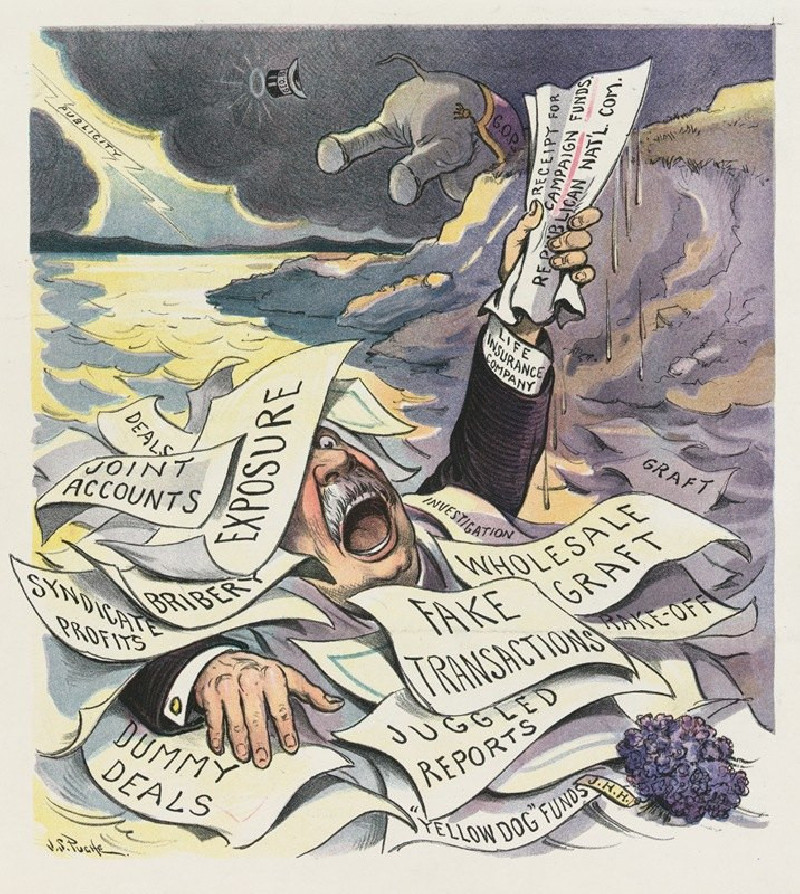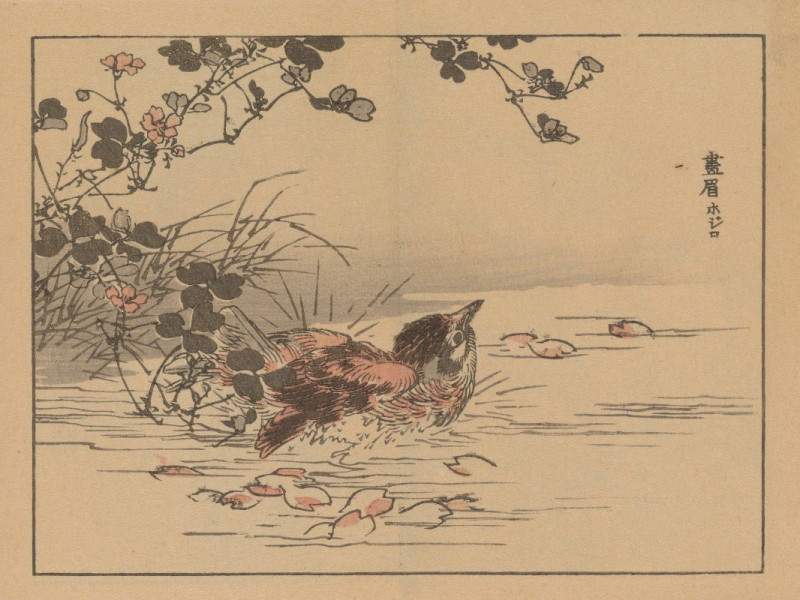Badende am Ufer (1911)
Technique: Giclée quality print
Recommended by our customers
More about this artwork
Ernst Ludwig Kirchner's "Badende am Ufer" captures an evocative moment at the river's edge, brilliant in its simplicity and expressive lines. Kirchner, a key figure in the German Expressionist movement, often portrayed scenes of urban life and nature with vibrant emotions and distinctive stylization. This artwork, created in 1911, is a remarkable illustration of his ability to condense form and emotion into minimal, yet powerful compositions.This particular painting portrays a solitary figure bending over a pool of water, rendered in sparse, flowing lines that suggest both movement and tranquility. The figure's poised, bending posture and the suggestive touch of water create a harmonious interaction between human and nature. The use of muted watercolor enhances the softness of the scene, while sweeping, confident black lines define the form with dynamic ease. In the background, simple green strokes evoke a hint of vegetation, suggesting a secluded spot ideal for personal reflection."Badende am Ufer" offers a poignant reminder of the serene moments in life, enveloped in the quiet allure of the natural world.
Delivery
Returns
Ernst Ludwig Kirchner (1880–1938) was one of the most important German Expressionist painters. He was a co-founder of Die Brücke, a group of German expressionist artists formed in Dresden in 1905. Die Brücke and Kirchner took inspiration from Vincent Van Gogh and Edvard Munch, as well as African and Oceanic art. They used woodblock printing as a medium to showcase their signature style: flat, unrealistic images with vivid colors. The recurring themes in Kirchner's artworks included exotic cultures, faraway landscapes, self-portraits, dancers and Berlin street life. His paintings and prints effectively portrayed non-European cultures despite the fact that he never traveled outside of Europe.

